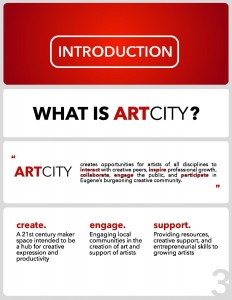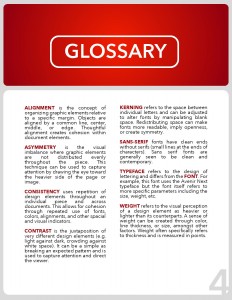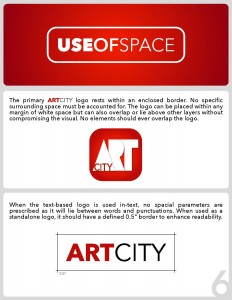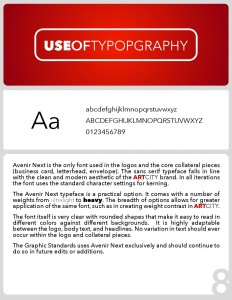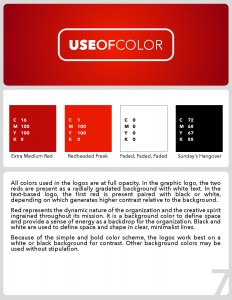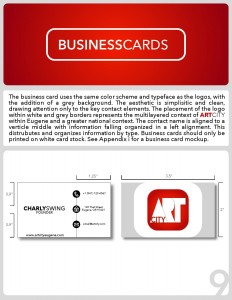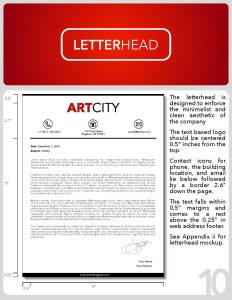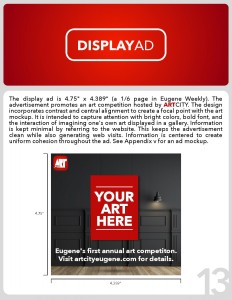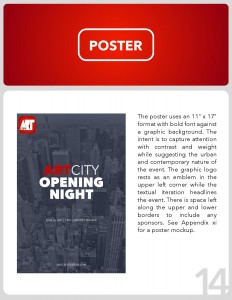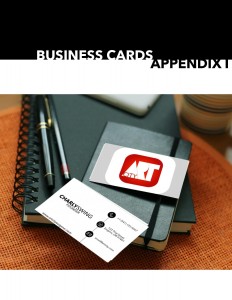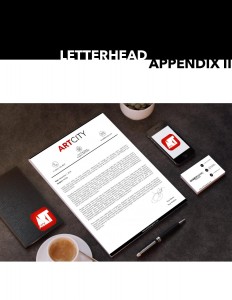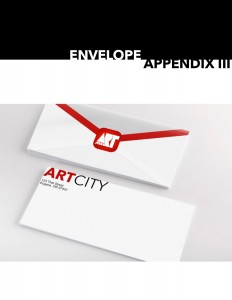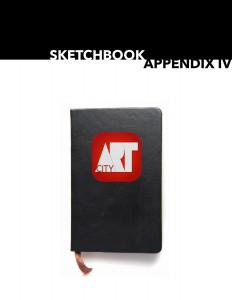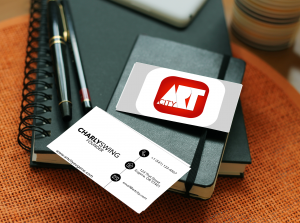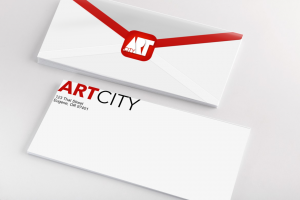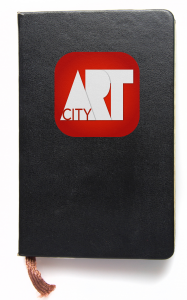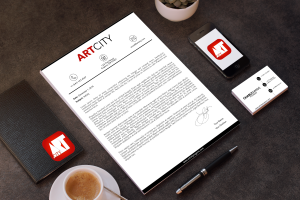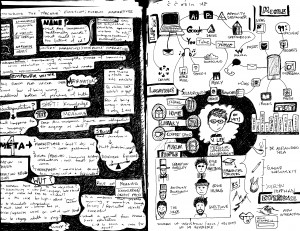
My personal learning environment is represented as sketches in a notebook. This medium is, in itself, a large part of my learning experience. In this instance I used a notebook that is primarily class notes because it represents my learning in the most traditional sense – the left side of the page is notes from the Museum Education class. I wanted to integrate the assignment with my real class notes so they would become a part of my learning environment. The sketch/doodle format alludes to my note-taking method. By representing ideas visually I engage with them differently: listening, understanding, applying, translating to an image, writing, and drawing encompass a greater number of learning modalities.
I started with myself in the center as the core of my PLE. I then identified what I perceive to be the primary categories that influence my learning: Digital (laptop, cellphone), physical locations, literature or texts, experiences, and influential people (past teachers, and some of my personal hero-figures).
The digital section encompasses main applications, software, and websites that I use to learn and while learning. Digital fabrication software like Affinity designer, Sketchbook, and Wacom occupy a significant portion of my time. Sound plays a large role as I use music as a background or Soundrown to block out noises around me. Apps like Canvas, inClass, Reminders, and Google Drive allow me to stay organized and work on assignments while apps like Apple News and the podcast 99% invisible allow me to engage with topics of interest including design solutions and journalism.
Locations are the physical places where I learn most frequently; home, university, cafes, libraries, and museums. However, I think most of my explicit learning occurs in a digital environment.
Texts represent the author’s, books, or publications that have contributed to my intellectual composition the most. These are texts that I feel have changed the ways in which I think. The existentialism and absurdism of Sartre and Camus completely altered my mental landscape. The journalism from Hunter S. Thompson, the New Yorker, and the NYT actualized an understanding of the power of the written word. I’m increasingly interested in the manipulative power of text-based media and am generally in reverence of the eloquent. Authors like Sebastian Horsley, Anthony Bourdain, and Jonathan Franzen have become objects of that reverence and have changed the ways I engage with and appreciate literature.
Experience is always a source of implicit learning. In meeting new people I am exposed to new ideas and backgrounds while developing a greater sense of interpreting body language and social cues. Putting myself in new circumstances forces me to learn more about who I am and how I react to various situations and stimuli. By trying to always say “yes” to something new and by changing my environment I am able to avoid stagnation.
People have lent to my learning environment perhaps more strongly than any other category. I divided this into two sections: teachers and inspiration-figures. I’ve never had a bad teacher but I think three have changed the direction of my life to a large enough extent that it’s worth mentioning. Dr. Sela was my 11th grade philosophy and Latin roots teacher. My high school teachers were a rather generic bunch. Grey pants, blue button-ups, fresh faces, class syllabi downloaded straight from a textbook’s website. He was this eccentric old man with tweed suits and a pipe who would mow the school lawn with an old-fashioned reel push mower on his breaks. He started every class with meditation and yoga and was passionate about wine and ping pong. He was the first person I had ever met who wanted to engage in the topics I was interested in. At the time, I was obsessed with the Beats-generation writers and he had known Allen Ginsberg personally. As an impressionable kid, this was the epitome of cool. Dr. Sela was the first person to introduce me to philosophy and the first teacher to genuinely challenge me. In some sense, he taught me how to think and led me to a slew of undergraduate and graduate philosophy courses that lent significantly to my identity. If I could redo life an infinite number of times, I would take his class in every iteration.
Jocelyn Hoffman taught French for my middle and high school. In the same generic backdrop, she was a ball of fire. Covered in tattoos and with hot-pink hair, she was a roller derby veteran with an unconventional wardrobe. she taught me about individuality. To put it bluntly, she taught me that you can be an intellectual and a professional without having to follow all of the rules and that left a huge impression on me.
Eugene Korsunskiy directs the Design Initiatives program at the University of Vermont. He became a mentor during my time there and taught me design thinking and art of innovation. He opened up a whole new world for me with design thinking strategies that have come to shape how I approach designing my life every day.
The last portion of people listed are public figures that I have come to admire for their writing, the causes they represent, and the relatability they have offered me. For example, Eddie Huang, chef, writer, lawyer, and restaurateur, relates the first-generation Asian-American experience. He translates race, identity, and culture through food and helped me to understand and take pride in who I am; something I was once ashamed of. Growing up, food was an overhanging metaphor for my mixed identity with a Chinese immigrant father and a white, American mother. My lunchbox was a pb&j sandwich next to dried squid. But I went to an essentially all-white school and where dried squid was weird and, by association, I was the “other.” We had a teacher, Mr. Lee, who was purely Italian. I have no idea how he came into that last name but I realized that Lee, which was this blazing emblem of difference for me, didn’t have to be. I thought I could pretend to not be asian, because he wasn’t. I would beg my dad to eat “white people food,” to not speak Mandarin in public. But as I’ve grown older, people like Huang, Bourdain, and Questlove have shown me the importance of food as identity and the pride that lies within that. By reading Huang’s narrative of the same struggle in his life, I’ve been able to reach the same point of acceptance and pride that he did.
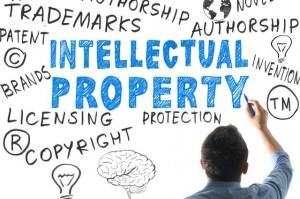
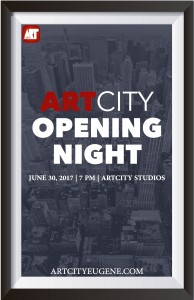

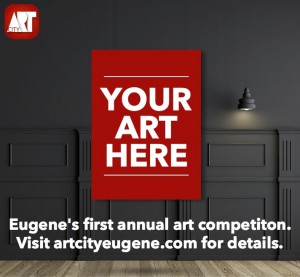

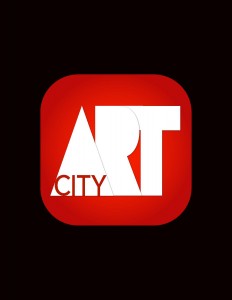 ARTCITY
ARTCITY

